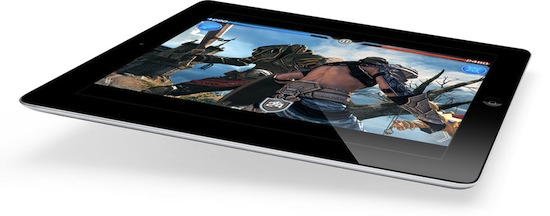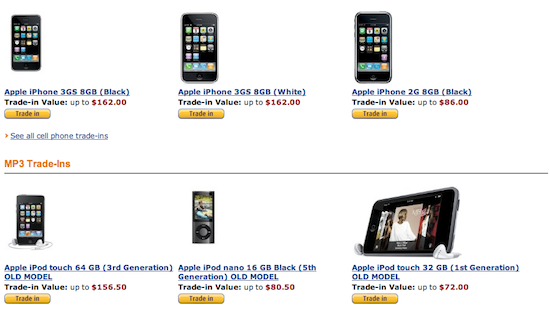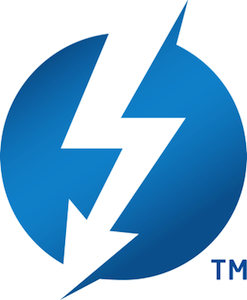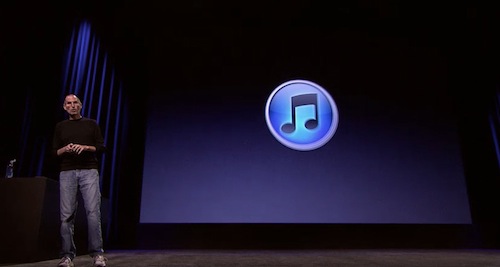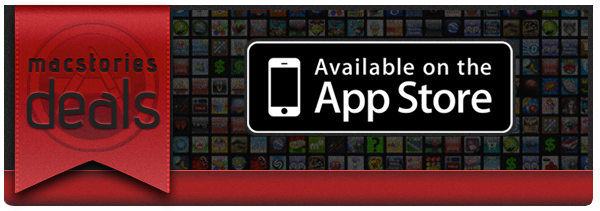According to a new report by Sterne Agee analyst Shaw Wu relayed by Fortune, the production issues that were affecting the iPad 2 supply chain over the past months have “significantly improved”, with shipments approaching 3-4 million units per month as constraints ease on the suppliers’ end. Wu now estimates 6.8 million iPads for the quarter that ends on June 25 up from 5.9 million units, as well as 17 million iPhones and 3.9 million Macs. Wu notes how the release of the white iPhone marks a “continued strong adoption” of the product, also helped by the availability of the iPhone on Verizon in the United States.
The production problems that hurt iPad shipments last quarter have “significantly improved,” writes Wu, “with better yields and higher output due to successful retooling and conversion of more production lines to iPad 2.” This would appear to contradict recent reports of shortages of both components and labor.
The iPad “still has a ways” to go to hit what Wu says is Apple’s goal of 3-4 million units per month by the second half of 2011, but is “getting closer.”
Contradicting reports posted in the past weeks indicated Apple was still facing production issues with the iPad 2 because of the Japan earthquake and tsunami, alongside other problems encountered at Foxconn’s facilities, which led FBR analyst Craig Berger to believe Apple would be unable to meet the internal goal of 40-45 million iPads produced this year. Among the technical issues mentioned by separate reports recently, the iPad 2 shortages were linked to speaker and display production issues related to light leakage problems discovered in some LG screen units shipped last quarter.


